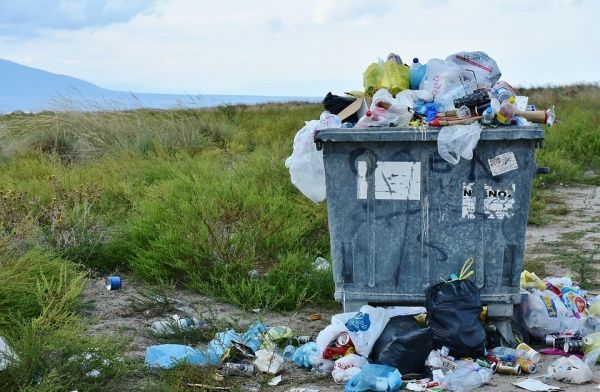Light yet sturdy, plastic is great – until you no longer need it. Because plastics contain various additives, like dyes, fillers, or flame retardants, very few plastics can be recycled without loss in performance or aesthetics. Even the most recyclable plastic, PET – or poly(ethylene terephthalate) – is only recycled at a rate of 20-30%, with the rest typically going to incinerators or landfills, where the carbon-rich material takes centuries to decompose.
Now a team of researchers at the U.S. Department of Energy’s (DOE) Lawrence Berkeley National Laboratory (Berkeley Lab) has designed a recyclable plastic that, like a Lego playset, can be disassembled into its constituent parts at the molecular level, and then reassembled into a different shape, texture, and color again and again without loss of performance or quality. The new material, called poly(diketoenamine), or PDK, was reported in the journal Nature Chemistry.
“Most plastics were never made to be recycled,” said lead author Peter Christensen, a postdoctoral researcher at Berkeley Lab’s Molecular Foundry. “But we have discovered a new way to assemble plastics that takes recycling into consideration from a molecular perspective.”
Christensen was part of a multidisciplinary team led by Brett Helms, a staff scientist in Berkeley Lab’s Molecular Foundry. The other co-authors are undergraduate researchers Angelique Scheuermann (then of UC Berkeley) and Kathryn Loeffler (then of the University of Texas at Austin) who were funded by DOE’s Science Undergraduate Laboratory Internship (SULI) program at the time of the study.
Read more at DOE/Lawrence Berkeley National Laboratory
Photo Credit: RitaE via Pixabay


